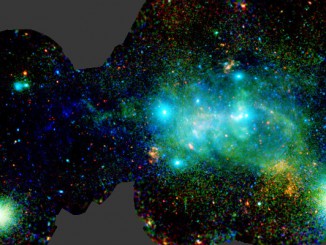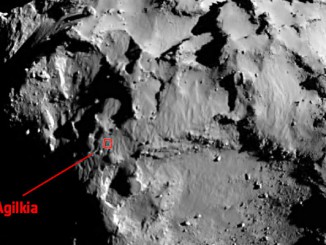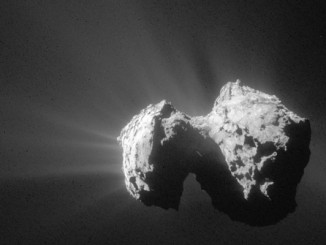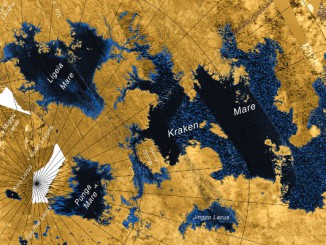
The Milky Way’s tumultuous heart revealed in X-rays
A newly released image from the ESA’s XMM-Newton X-ray satellite observatory gives us a unprecedented look at the intense processes taking place at the centre of our Milky Way galaxy. The new study, which spans a thousand light-years, is a compilation of one and a half months of monitoring, revealing the powerful remnants of dead stars and their mighty action on the surrounding gas.









